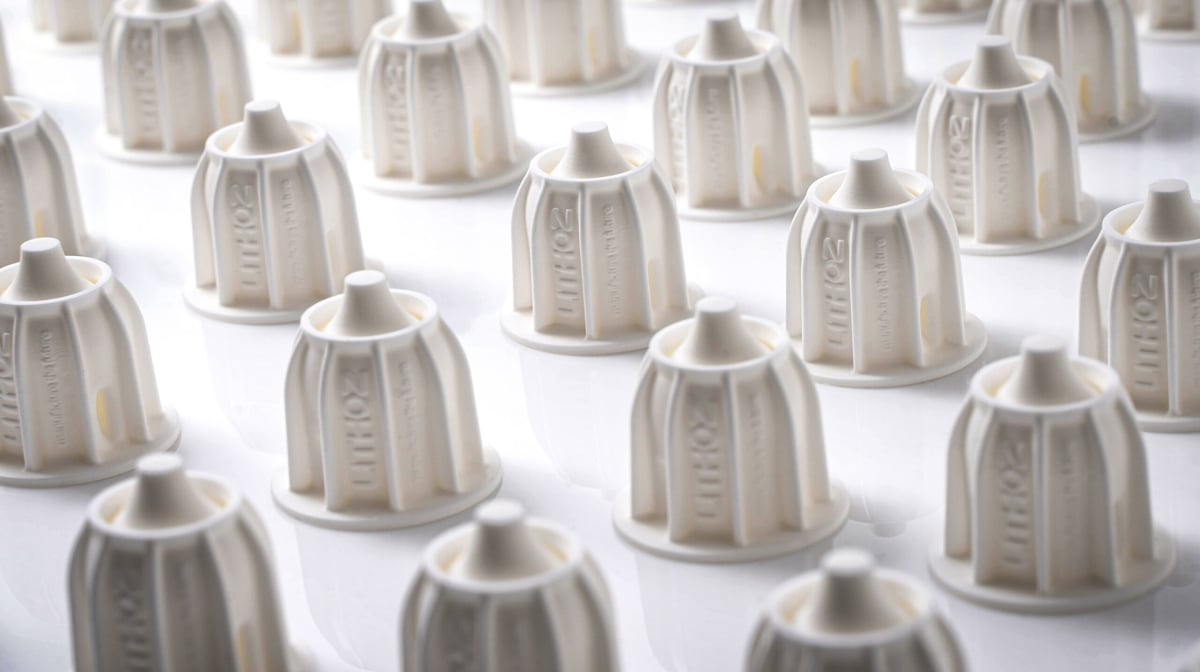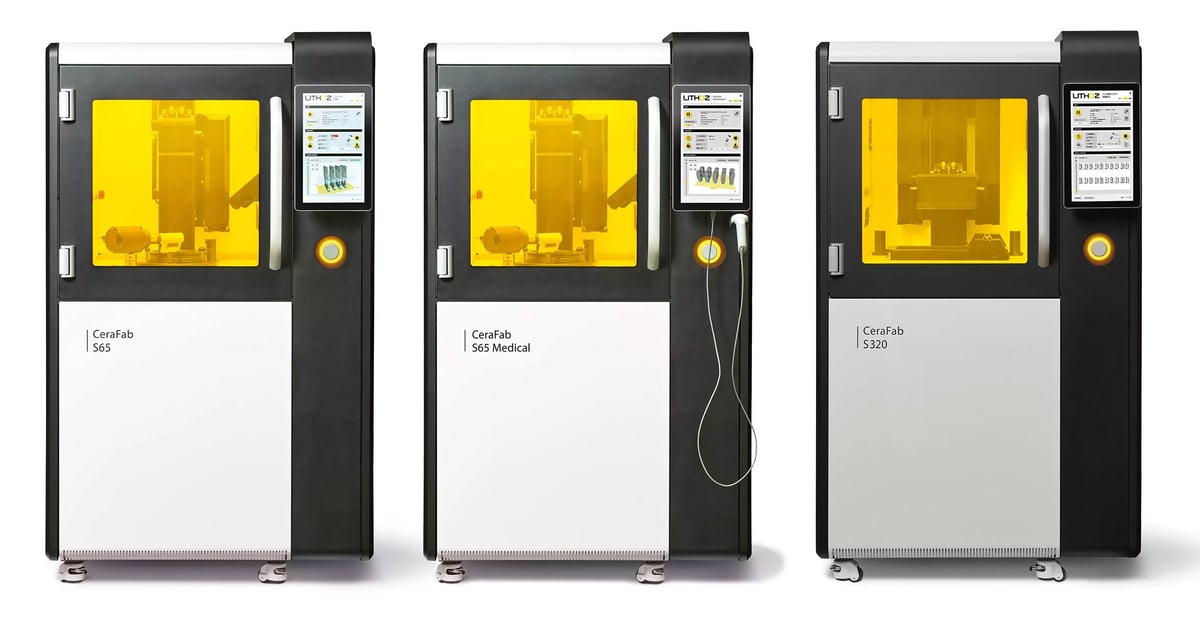Technical ceramic 3D printer maker, Austria-based Lithoz, today announced a new, much larger machine for industrial ceramics, the CeraFab System S320. This machine’s build platform and build volume are five times larger than the company’s popular S65 while sharing the same external dimensions.
The S320’s 245 x 130 x 320 mm build volume is large when you’re talking ceramics. It offers a 60 µm resolution and a 4K projection system, with a focus on serial production of mid-size ceramic parts, such as industrial filters, medical implants, casting cores, and semiconductor components.

Even though there are countless metals and plastics to 3D print with, ceramic materials have unique properties that are extremely valuable in the high-tech manufacturing of everything from semiconductors and bone implants to rocket engines and cutting tools. Add 3D printing technology, and you can create ceramic parts in shapes and with features not possible with any other manufacturing process. This combination of material and technology is not only enabling better and more efficient ceramic parts, but it is positioning ceramics as an alternative to metals and plastics for a wide range of new applications.
The CeraFab systems use vat polymerization technology, which is usually used with photopolymer resins, but Lithoz uses a ceramic-loaded liquid. It is essentially digital light processing (DLP) technology, but they call their tech LCM for lithography-based ceramic manufacturing. The company has another tech used in their larger machines like the CeraMax Vario V900 (250 x 250 x 290 mm) called laser-induced slipcasting (LIS). The process resembles many features of stereolithography but enables large and dense additive manufactured parts with thick walls from conventional water-based ceramic slurries.
The company’s ceramic 3D printers now come in eight models (L30 Lab, S25, S65, S65 medical, S230, the new V900, and the Multi 2M30), which differ in resolution and build volume. The company’s other new CeraMax Vario V900 is the first 3D printer able to process dark ceramics, such as silicon carbide, with full density, the company says.

CeraFab System S320 is not the largest 3D printer for technical ceramics on the market. The Admatec Admaflex 300, which also uses DLP technology is 260 x 220 x 520 mm, but doesn’t have the large range of ceramic material options as the S320.
Tech Specs
- Technology: Digital Light Processing (DLP)
- Resolution (XY): 60 µm
- Build speed: up to 150 layers per hour
- Layer thickness: 20 – 200 µm
- Building envelope: 246 x 130 x 320 mm
- Materials: Silica-based materials (such as LithaCore 450). Alumina, Zirconia-toughened Alumina, Zirconia, Tricalcium Phosphate, Lead Zirconate Titanate, Hydroxyapatite
- Price: TBD
Lithoz at Formnext 2024, Booth 11.1, C49
See the new S320 in action and handle ceramic parts for yourself at the Formnext expo in Frankfurt, Germany, Nov. 19-22, 2024.
License: The text of "Lithoz Launches Its Largest Ceramic 3D Printer" by All3DP Pro is licensed under a Creative Commons Attribution 4.0 International License.
